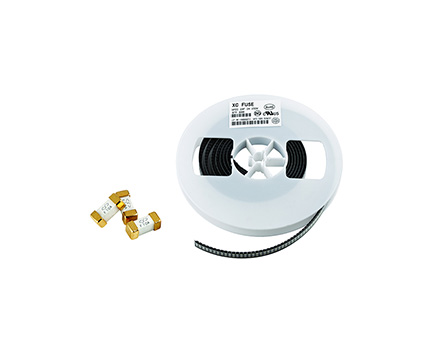
In a switching power supply circuit, the power input terminal generally uses a regular fuse (fuse, fuse resistance) in series with the circuit of the power input terminal. When an overcurrent fault occurs in the power circuit, the fuse will blow, disconnecting the power input circuit to avoid damaging large components. The markings on the circuit board are generally fuses, similar to resistance markings, but the terminal leads pass through a rectangular box (resistance markings do not pass through). I'm not saying you don't have this ability, but electricity is very dangerous. The fuses are all on the side of the mains. If you accidentally turn on the power, and if the machine's malfunction is not resolved, you will replace the fuse, which is likely to explode again. If the fixed value of the fuse you replace is too large, it is not a fuse.
The fuse has a resistance value. In fact, there is resistance to the wire, but the resistance of the wire is very small (the nature of the wire). In general circuit calculations, we usually do not calculate, but the resistance of fuses is significantly higher than that of long wires, which can play a role in protecting the circuit.
Most fuses are labeled with "5A 250V", indicating that the maximum current allowed by the fuse is 5A, which is called the rated current; The maximum voltage allowed to pass through is 250V, which is called the rated voltage. If the current or voltage exceeds the rated value, the fuse will blow and the circuit will open to protect the consumer (if there is no fuse, it can burn the consumer).
Read recommendations:
ptc-100 programmable thermal controller manual.Electrical testing process for self restoring fuses